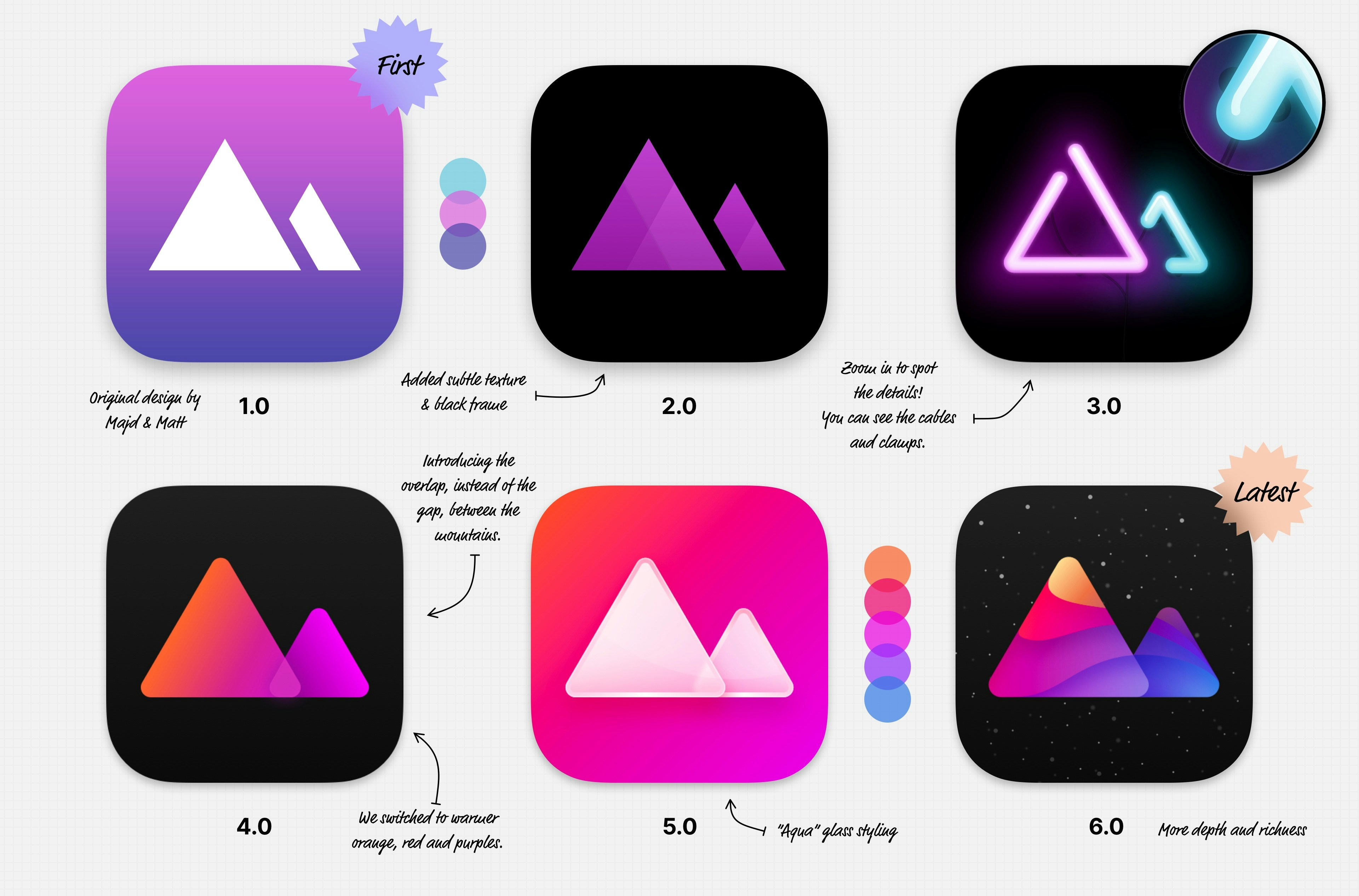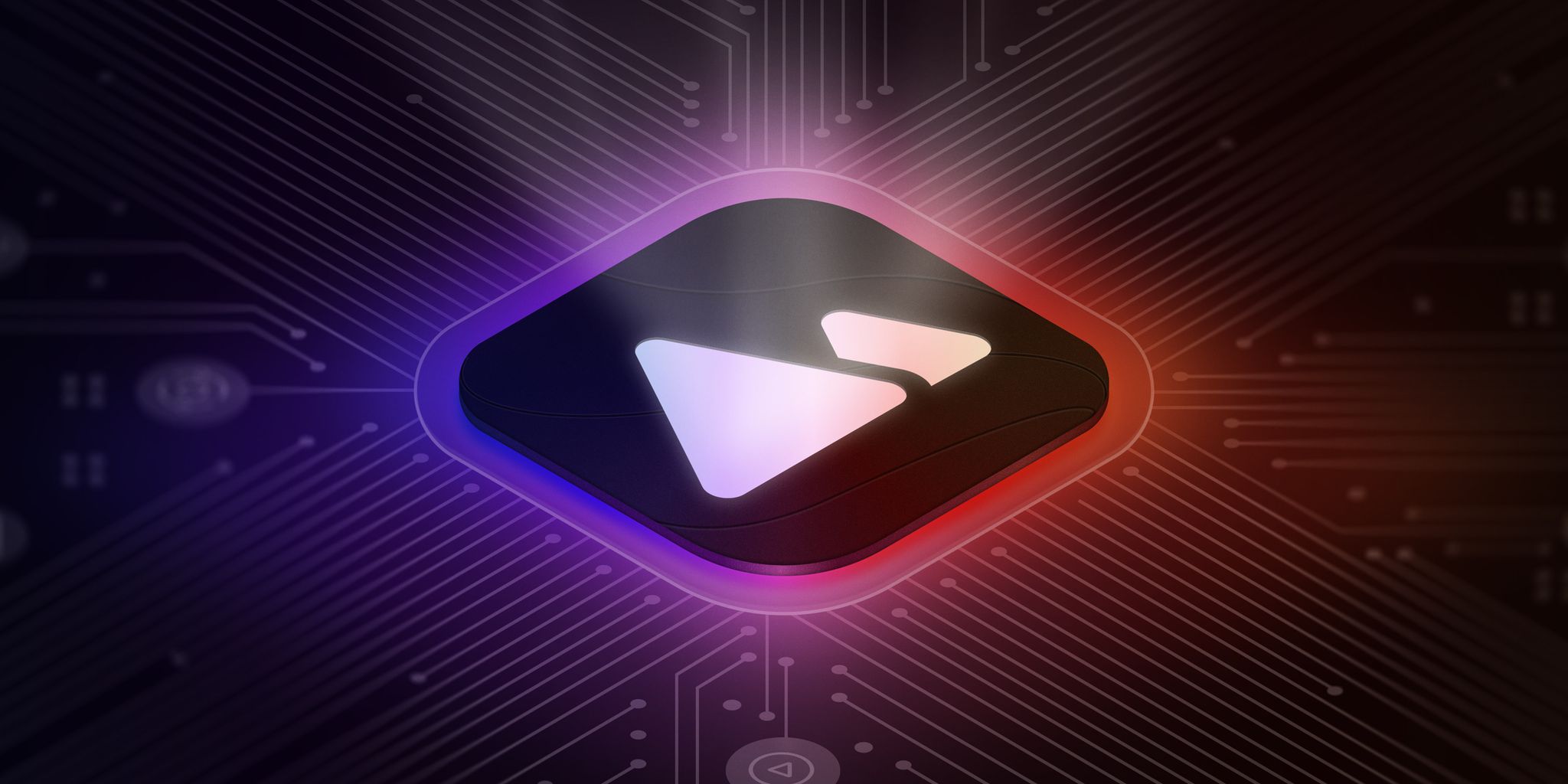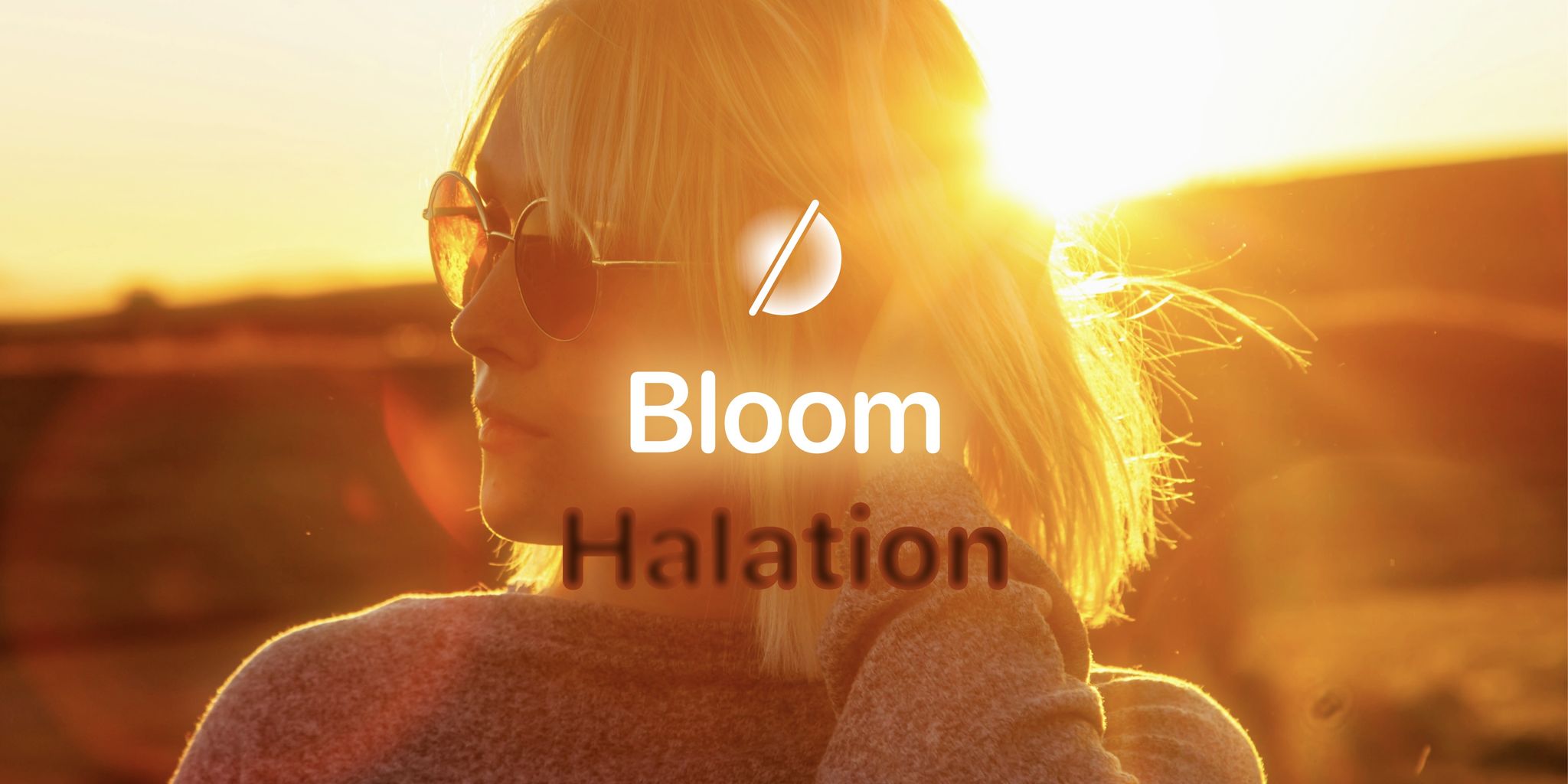A Decade of Darkroom!
It’s crazy to think that ten years ago, we launched Darkroom publicly to the world. We were just two people working out of a shared office in the Mission district of San Francisco. I remember the excitement of pushing the launch button, watching the dots appear on a map of the world showing new users discovering Darkroom for the first time, followed by that electric mix of nerves and hope that what we had built would resonate with the world. On our 10th birthday, I can say it did, thanks to you.
We set out to build a place where photographers and creators could get into a flow state, not to be overwhelmed by complexity, but to be empowered by simplicity and design.
Today, Darkroom turns 10! And whether you’ve been here since the early days or you just found us, this milestone belongs to you as much as it does to us.
To celebrate today's milestone, we released a small update, Darkroom 6.8.10 (yes, that last number is a funny coincidence!). While it's only a small update, we've included three special new celebratory app icon variants to commemorate our 10th anniversary.

A Decade of Defining Moments
When we launched Darkroom on iPhone February 12th 2015 after 8 months of hard work. Mobile photography was on the rise but still underestimated. Lightroom Mobile didn’t exist, Apple Photos was very limited, Snapseed, VSCO, and After light were the dominant players, but primarily single-purpose and single-image focused. The photo editing process was cumbersome and slow. The initial version of Darkroom gave you super-fast access to all your photos, with the ability to make your own presets and batch export them. You know what? Turns out a lot of photographers loved the convenience of that! What started as a passion project became something much larger because of you: the photographers, creators, artists, and hobbyists who chose to believe in what we were building.

It’s hard to summarize a decade of growth. But I can tell you what stands out most:
- In 2015, we launched with a commitment to speed and simplicity. It was basic, sure, but it was fast and delightful—and that mattered.
- By 2017, we expanded beyond photos to offer depth editing and RAW support (version 3), pushing mobile editing into professional territory.
- In 2018, we came to the iPad (version 4), which later allowed us to come to the Mac (version 5).
- 2020 was a landmark year. We received an Apple Design Award—a powerful validation of our focus on design excellence. Our transition to a subscription model enabled significant company growth. We launched on Mac (version 5), and with our then new rendering engine, we introduced video processing capabilities. The success of 2020 wasn't just our achievement; it was a testament to the community that helped shape Darkroom into an award-worthy product.
- By 2022, the new foundation enabled us to rapidly ship features like Clarity, Flag & Reject, Masks (version 6), Color Grading, and Preset Sharing. The speed at which we were able to deliver these amazing new features was incredible.
- In the past two years, we've heavily invested in rebuilding our foundations, which we'll discuss later. During this time, we released our Leica partnership, built a massively improved album list, added mask previews, launched the updated Mac transform tool, introduced Vision Pro support, and further developed community preset discovery, search and sync features. We also strengthened our app onboarding, membership management, business model, and website—all of which have improved our company's overall health.
Looking back, every major feature—every risk we took—was driven by you. Your feedback, requests, and creativity kept us pushing boundaries.

The Past Two Years: A Necessary Slowdown
I want to address something head-on: the last couple of years haven’t been as feature-packed as many of you hoped. And you’re right to feel that way. While we worked quietly on core infrastructure, it may have seemed like we weren’t listening—but I assure you, we were.
So, what happened? Simply put, we had to refactor the very core of Darkroom: its rendering engine. This wasn’t a flashy, feature-rich project—but it was essential. The previous architecture was limiting our ability to innovate. Every new feature added technical debt, making future updates increasingly slower and more difficult. We knew we had to fix this before we could truly scale the product to match our ambitions (and yours).
It was a tough decision. No software company likes delaying user-facing features, and no business likes slowing down momentum. But we knew that without this work, we’d be stuck, as we internally already had hit a wall.
I’m sorry if you felt left behind during this time. It’s never easy to tell a community that they need to wait—especially when there was a period of great momentum, and with a community that has been so supportive.
I also want to acknowledge something important: we've made promises in the past about features and timelines that haven't materialized as quickly as we anticipated. While our vision and commitment to these improvements hasn't changed, we got the timing wrong. Rather than make new specific promises today, we want to let our upcoming work speak for itself. To those who felt misled by our previous announcements, we sincerely apologize. The foundation we've built will enable us to deliver on these long-standing promises, and we're excited to show you rather than tell you what's coming next.
What’s Next?
Now, for the part I’m most excited to share: the beta release is around the corner. This isn’t just a typical beta—it’s the culmination of two years of foundational work. Here’s what you can expect:
- A smoother, more stable experience: Slowdowns and crashes should be a thing of the past. The new engine is built to scale with your creative demands.
- Advanced editing tools: We’ve been prototyping some powerful new tools that we can’t wait to get into your hands.
- Faster updates: The new architecture allows us to ship features more frequently.
Keep an eye on our social channels and this blog for beta invites. We want you to be part of this next chapter, not just as users but as collaborators.
Gratitude
Every milestone we’ve hit, every challenge we’ve overcome—it’s all because of you. Whether you’re a Darkroom+ member, a free user, a critic, a fan, a friend, a partner, or a team member, you’ve shaped what Darkroom is today. Your feedback, both good and bad, has been a guiding light.
To those who stuck with us during the quiet years: thank you. To those who pushed us to do better: thank you. To those who shared their art using Darkroom: thank you. You’ve made this journey worth it.

Looking Ahead Together
When I think about what excites me most, it’s not just the new features or the technical improvements—it’s knowing that Darkroom is part of your creative journey. We’re not just building an app; we’re crafting a space where your creativity can thrive, where you feel empowered to create, share, and evolve.
With your continued support, we’re more motivated than ever to push the boundaries of what mobile editing can be. There’s so much to explore, and we can’t wait to share the innovations, surprises, and milestones ahead.
Thank you for being part of this journey.
Majd Taby, Co-founder


